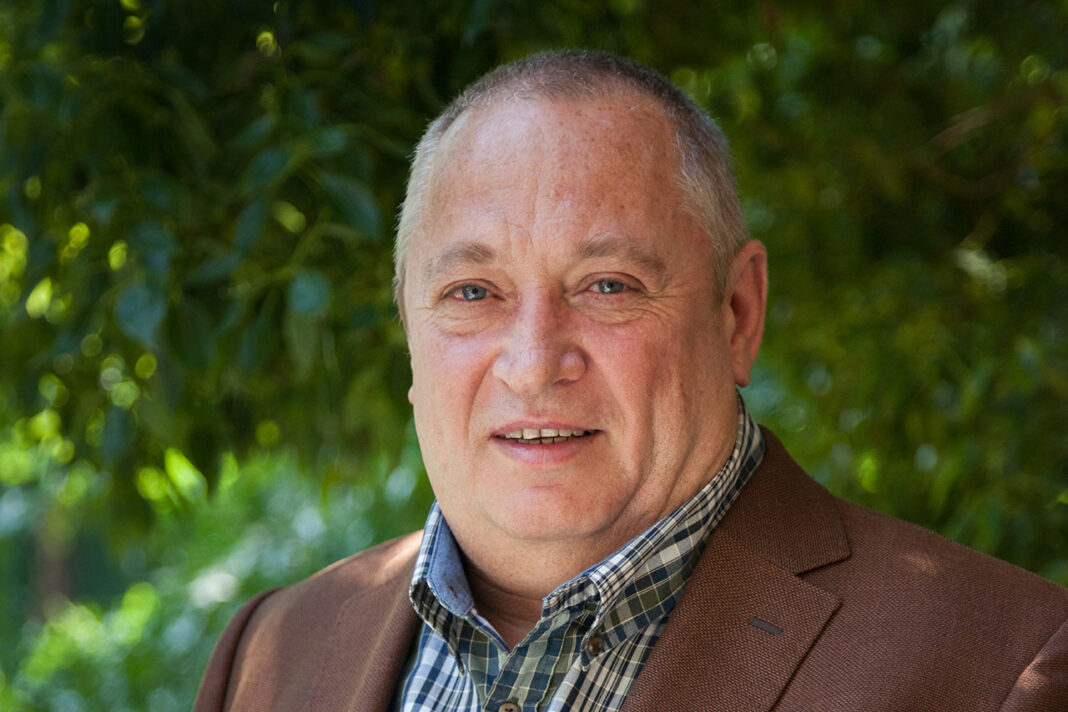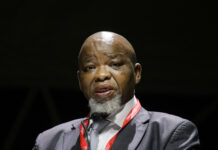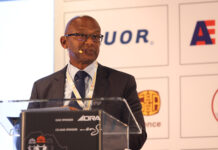Sibanye-Stillwater, created in 2013 as a spin-off of Gold Fields’ South African assets, has always been defined by its founding CEO, Neal Froneman, a larger-than-life base and geographical exposure, transforming a South African gold producer into a major-league platinum group metal and battery metals player with a global footprint.
Along the way, Sibanye-Stillwater and Froneman have had some bruising battles with unions and the South African government. But the blunt-speaking Froneman is not one to blink.
In a wide-ranging interview with Miningmx, Froneman said he would not have done anything differently in terms of strategy and that his legacy has been value creation.
He also provided some snippets on
Sibanye-Stillwater’s origin story during a period of violent labour unrest in South Africa’s mining sector. “When you look at the big picture, I think that the biggest accomplishment is the value that we have created as a company. If you drill down to it in a bit more detail, as a company we have built a diversified, globally competitive mining and processing business,” Froneman said.
“I compare it to some of our sports teams, especially rugby. We are underdogs and we compete on an international stage and that to me is the most significant and if I put it into actual numbers, our market cap has gone up eight times in that period and we have returned over R40bn to shareholders.”
ORIGIN STORY
Sibanye-Stillwater was conceived against the backdrop of mounting labour militancy. The Association of Mineworkers and Construction Union (Amcu) under the charismatic Joseph Mathunjwa dislodged the National Union of Mineworkers as the dominant union in the platinum shafts, triggering a vicious turf war and the wildcat strike at Lonmin’s Marikana mine that culminated in the police shooting dead 34 striking miners in August 2012.
That turf war then spread to the gold sector. As the unrest unfolded, Gold Fields’ CEO Nick Holland crafted a vision for his company that would entail a pivot to mechanisation and global assets.
Froneman, at the time CEO of Chinese-owned Gold One, was looking for new acquisitions in South Africa.
“As Gold One we were looking to buy Driefontein from Gold Fields as it had become a non-core asset. And we set about doing a due diligence on Driefontein. And at the end of the due diligence, we found that we could not acquire it in a tax-efficient manner and Nick saw that and he said to me that he had another plan regarding these non-core assets, he’s going to unbundle them,” Froneman said.
“I went back to my Gold One executive and said this is an opportunity to continue building on our philosophy and I said we need to do it and for us to do it I need to volunteer.”
Froneman went back to Holland and said he would lead the unbundling process, and the Gold Fields board agreed.
“Nick came back and said ‘get on with it’. All credit to Nick,” Froneman said.
EYES WIDE OPEN
Asked if it was risky to take on conventional, labour-intensive mines during this explosive period, Froneman replied: “We went into it eyes wide open. That was one of the things [labour unrest] that worried Nick. But to me at the time not at all. I saw that when you look at the total cost of ownership, well-capitalised, labour-intensive assets can create a lot of value for their owners. I also was of the view – and I shared it with Nick – that the big mining houses had become soft with the unions. They had lost their way,” Froneman said.
“The way to be firm with unions is to win the hearts and minds of your employees. And in the first few years, that was exactly what our focus was. We started doing what companies should have been doing and unions became less impactful.”
Wages for mineworkers have dramatically risen at a pace exceeding inflation – off a low base – at Sibanye-Stillwater and all other big South African mining companies in recent decades, while there have also been huge improvements in health and safety.
Nick came back and said ‘get on with it’. All credit to Nick
Neal Froneman
These trends have blunted the hard edge of union militancy, and labour unrest – a decade ago a major risk factor in South African mining – has significantly faded in recent years.
In Sibanye’s case, Froneman said its approach was rooted in its concept of an Umdoni tree. Its canopy represents the company’s stakeholders including communities, unions, shareholders and employees, and each of them has equal importance.
“Amcu had grown into this organisation which was just a bully. And government tried to bully us,” Froneman said. “The tree became a way of diffusing these situations … When the unions made demands we asked, ‘What stakeholders are your demands going to impact in the wrong way?’
“We will not allow that because you are abusing another stakeholder, we are management and we are going to keep a balance and make sure that employees are looked after and if you try and abuse another stakeholder, we will stop that.”
Froneman said that this stakeholder capitalism informed its approach to changing the dialogue around Marikana – Sibanye acquired Lonmin and its assets in 2019 – and to begin the healing process on a wound that remains raw on South Africa’s body politic.
WORST INCIDENT
Froneman has had some sleepless nights along the way and he told Miningmx that the worst period was 2018, when 12 Sibanye employees were killed in two separate incidents.
Seven were killed in a seismic-induced fall-of-ground accident at the Driefontein Gold mine in May of that year and in June, five lost their lives in a heat-related accident at the Kloof Gold Mine.
“Both incidents were not system breakdowns but what became very clear was that they were a breakdown in values. And we thought our values were owned right throughout the company and people would make decisions based on our values. That was a very traumatic period,” Froneman said.
Asked if he would have done anything differently in his more than 12 years in the Sibanye driving seat, Froneman said he really had no regrets when it came to strategy. “We were asked that question for a presentation at an indaba [conference] about a year ago, so we got the C-suite together and asked if we would have done anything differently.
“We made mistakes and could have done some things better. We would have speeded up our pivot into battery metals but we couldn’t. When I relook at it, our strategy remains valid. There is nothing that we would have not done and some things that we would have done better.”
Mistakes would include the company’s ill-fated attempt to acquire the Santa Rita nickel mine and the Serrote copper mine in Brazil from Appian Capital for about $1bn. Sibanye-Stillwater pulled the plug on the deal after a “geotechnical event” at Santa Rita.

The High Court of England and Wales ruled last year that Sibanye-Stillwater’s decision to cancel the transaction was not justified. Appian is now seeking $722m in damages in a trial set for later this year.
So, mistakes have been made but the reasons for Sibanye-Stillwater’s diversification drive were and remain sound. Exposure to one commodity is a downer when the price cycle turns south, and exposure to South Africa’s fraught political and social environment is a red flag for a mining company’s risk profile.
Froneman has at times stirred hornets’ nests. In 2022, his R300m remuneration package made unions see red. In his typically combative style, the unapologetic Froneman said that it reflected the value created and that his cash salary was only one-tenth of the package. The rest as shares was a long-term incentive.
The torch at Sibanye-Stillwater will pass to Richard Stewart, a highly regarded miner who has been the company’s chief regional officer for Southern Africa. Soft-spoken and deliberate, Stewart will bring a contrasting style to the C-suite.
Miningmx interviewed Froneman on a Teams call and he was wearing a Harley Davidson sweater. It turns out he owns several of the classic motorbikes, and that is perhaps fitting. He has roared into the mining sector like a leather-clad biker, engines revving and ready to rumble.
Stakeholders, analysts and bankers will debate his legacy and some may see holes in the canopy of the tree. But there is no question that Froneman – like a Harley burning rubber on the pavement – has made an unmissable mark on the mining landscape.
figure who is stepping down from the helm on 30 September.
A dealmaker of note, Froneman led Sibanye-Stillwater’s drive to diversify its asset




